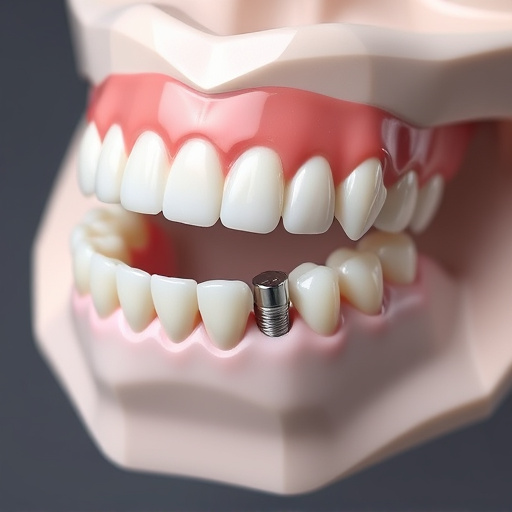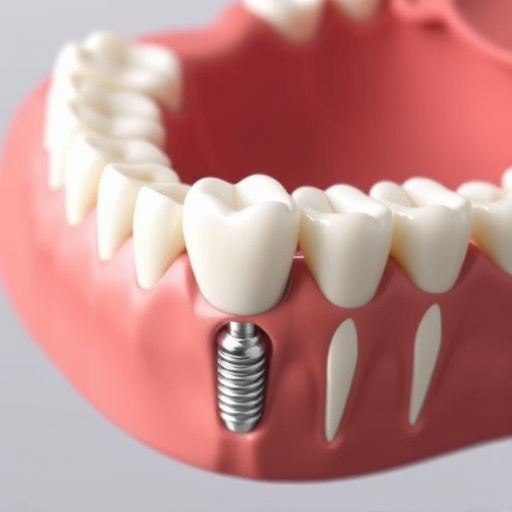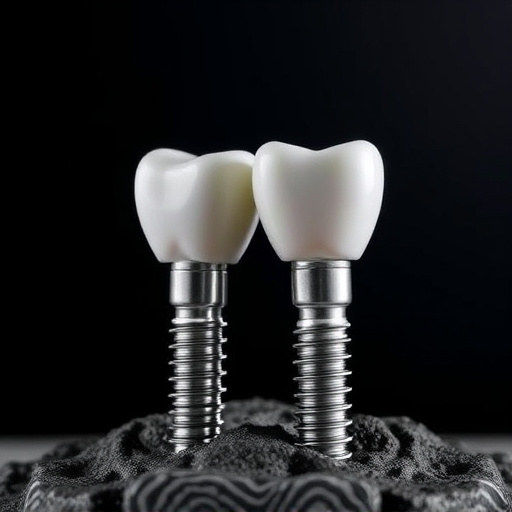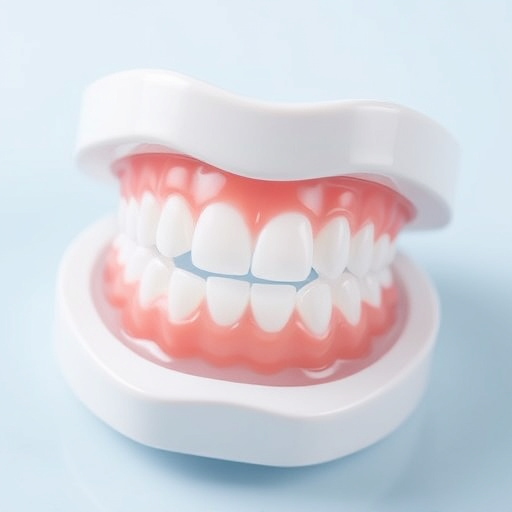Single tooth implants offer a permanent, functional, and aesthetic solution for missing teeth. Using local anesthesia during placement reduces discomfort, enhances precision, promotes quicker healing, and improves long-term results compared to traditional methods. The process begins with a consultation, followed by surgery, osseointegration, attachment of an abutment, and final crown placement.
Considering single tooth implants? You’re not alone. Many people are opting for this advanced dental solution. This comprehensive guide delves into the benefits and process of placing single tooth implants with local anesthesia, offering a comfortable and efficient alternative to traditional dentures or bridges. From understanding the procedure to post-operative care, we break down everything you need to know about this game-changing dental option.
- Understanding Single Tooth Implants: A Comprehensive Guide
- The Benefits of Using Local Anesthesia for Implant Placement
- Step-by-Step Process: From Consultation to Recovery
Understanding Single Tooth Implants: A Comprehensive Guide
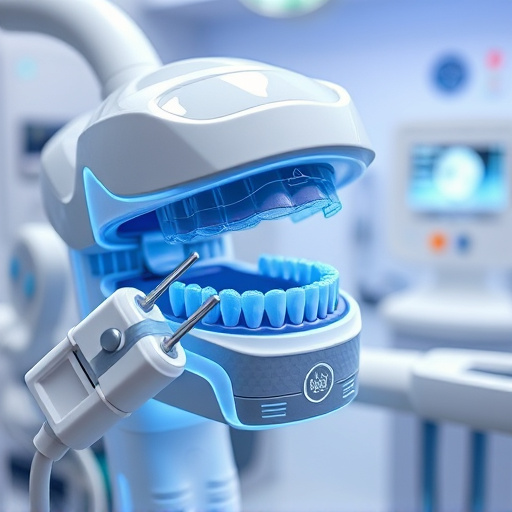
Single tooth implants offer a permanent solution for replacing missing teeth, providing both functional and aesthetic benefits. This advanced dental procedure involves surgically placing an artificial tooth root, usually made of titanium, into the jawbone to support a dental crown. The crown, designed to match your natural teeth, is then attached to the implant, restoring the look and feel of a natural tooth.
Unlike traditional bridges or dentures, single tooth implants preserve the surrounding healthy teeth. They also promote bone health by merging with the jawbone, preventing its deterioration that often occurs after tooth loss. With proper care, including regular dental cleanings and good oral hygiene practices, these implants can last a lifetime. This makes them an attractive option for those looking to enhance their smile and chewing ability.
The Benefits of Using Local Anesthesia for Implant Placement
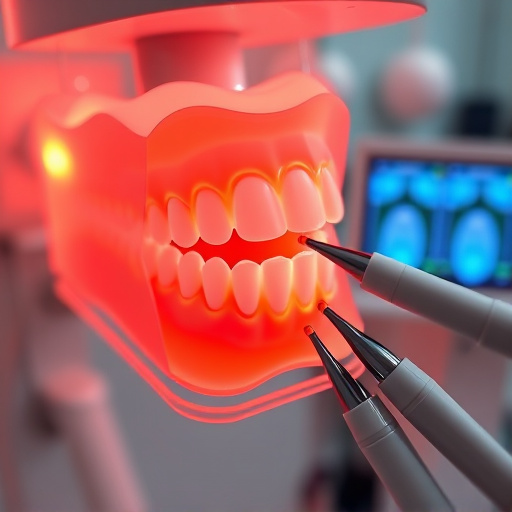
Using local anesthesia during single tooth implant placement offers several significant advantages. Firstly, it minimizes patient discomfort during the procedure. Local anesthesia numbs the area around the implant site, ensuring a pain-free experience. This is especially beneficial for those who may have anxiety or sensitivity to dental procedures, making the process more comfortable and less intimidating.
Secondly, local anesthesia allows for precise placement of the implants. By temporarily deactivating nerve signals in the targeted area, dentists can work with enhanced accuracy, reducing the risk of complications and ensuring proper positioning of the implant. This meticulous approach contributes to longer-lasting results, enhancing the overall success rate of single tooth implant procedures. Additionally, it paves the way for quicker recovery times, as there’s less post-operative pain and discomfort compared to traditional methods that might require more invasive techniques or prolonged healing periods, such as with clear aligners or dental fillings.
Step-by-Step Process: From Consultation to Recovery

The journey toward a single tooth implant begins with a comprehensive consultation. During this initial meeting, your dentist will thoroughly examine your mouth, discuss your medical history, and assess your oral health. They will evaluate the condition of the missing tooth’s socket, surrounding bone density, and overall dental architecture. Using advanced imaging techniques, like X-rays or 3D scans, they can plan the optimal implant placement, ensuring it aligns with your natural teeth and gum line for a seamless fit.
Post-consultation, the process advances to surgery. Local anesthesia is administered to ensure patient comfort during the procedure. The dentist carefully creates a small incision in the gums, exposes the jawbone, and places the dental implant—a tiny titanium post—into the socket. Following this, the gum tissues are sutured, promoting healing and osseointegration (the fusion of bone with the implant). Once healed, an abutment is attached to the implant, serving as a connection point for the final tooth restoration. This is followed by the placement of a custom-made cosmetic filling or crown, meticulously designed to match your natural teeth, completing the single tooth implant restoration.
Single tooth implants offer a reliable and long-lasting solution for replacing missing teeth, and the use of local anesthesia streamlines the placement process, making it more comfortable for patients. By numbing the treatment area, procedures can be performed with minimal discomfort, ensuring a positive experience. This advanced dental technology allows individuals to regain their smile, chew efficiently, and maintain facial structure without the need for extensive surgeries or bridges. With proper care, single tooth implants can last a lifetime, providing peace of mind and enhanced quality of life.
